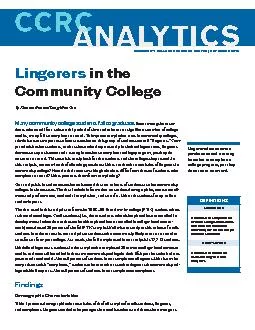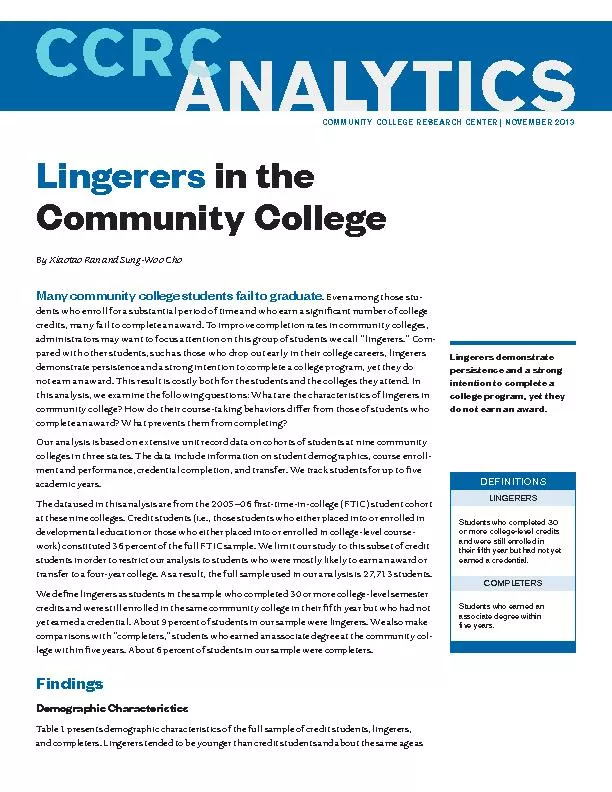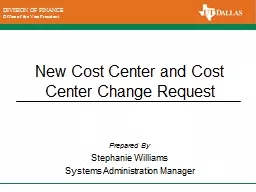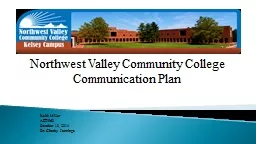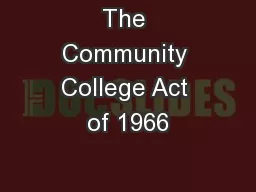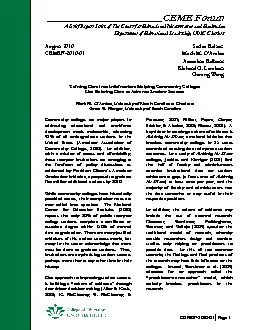PDF-COMMUNITY COLLEGE RESEARCH CENTER | NOVEMBER 2013
Author : lindy-dunigan | Published Date : 2017-02-01
Lingerers in the Community College Lingerers demonstrate persistence and a strong intention to complete a college program yet they do not earn an awardMany community
Presentation Embed Code
Download Presentation
Download Presentation The PPT/PDF document "COMMUNITY COLLEGE RESEARCH CENTER | NOVE..." is the property of its rightful owner. Permission is granted to download and print the materials on this website for personal, non-commercial use only, and to display it on your personal computer provided you do not modify the materials and that you retain all copyright notices contained in the materials. By downloading content from our website, you accept the terms of this agreement.
COMMUNITY COLLEGE RESEARCH CENTER | NOVEMBER 2013: Transcript
Download Rules Of Document
"COMMUNITY COLLEGE RESEARCH CENTER | NOVEMBER 2013"The content belongs to its owner. You may download and print it for personal use, without modification, and keep all copyright notices. By downloading, you agree to these terms.
Related Documents

